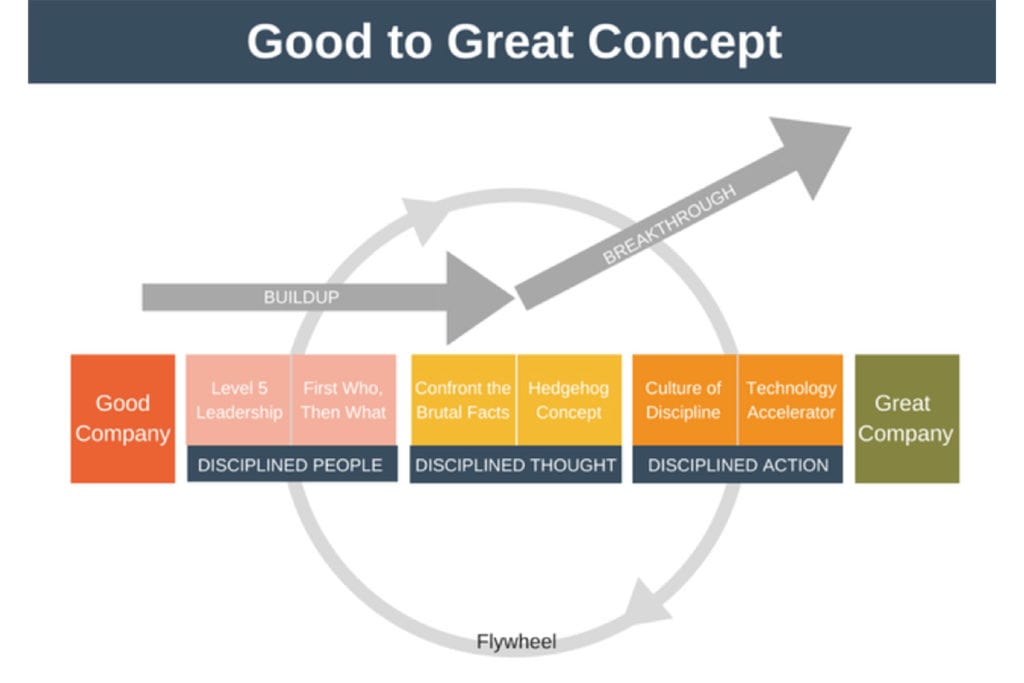It seems as if every few years, a new trend sweeps through the business world, calling for widespread transformation and change.
In 2021, “diversity” and “inclusion” are the most heard buzz words. To see how trends can quickly fail, let’s first look at the recent digital transformation’s biggest challenges. Based on those lessons learned, three diversity transformation success keys can help business leaders, small business owners, and entrepreneurs better manage this new trend.
Many leaders agree that it is time to begin evaluating and even implementing J.E.D.I. (corporate social justice, equity, diversity, and inclusion, Source: OSC J.E.D.I. Collaborative) principles in the workplace. But the majority are not managing the implementation effectively today.
Let’s start by looking back at the digital transformation trend and corporate challenges. With the game-changer launch of the iPhone in 2007, and the first iPad in 2010 transforming mobile technology, it significantly reduced Blackberry, Microsoft, and IBM’s grip on the corporate market. Around the same time, the advancement of social media with myspace and then Facebook, the application marketplace launch, the rise of predictive advertising algorithms and cookie trackers, big data, cloud computing, and the rapid acceptance of e-commerce all gave rise to a wave of so-called “digital transformation” across lagging industries.
Suddenly, IT was out and Chief Technology or Chief Digital, Data, and Analytics Officers were in. CEOs around the world allocated billions of dollars to ensure that their companies would not be left behind in the digital gold rush.
And how did this digital transformation trend go? In his landmark publication, Good to Great: Why Some Companies Make the Leap…and Other’s Don’t (2001), author Jim Collins and researchers identified six tenets of companies that delivered 10X greater financial returns over a 30-year period compared to their selected industry peers. The one principle that comes to mind when watching how companies go from not even seated at the table to all-in on a given trend is one Collins called Disciplined Action, which is comprised of a culture of discipline and technology accelerators.
Importantly, Disciplined Action was the third key for companies to achieve greatness after Disciplined People and Disciplined Thought. As it relates to investing in technology as a booster of profits and productivity, Collins writes, “When used right, technology becomes an accelerator of momentum, not a creator of it. The good-to-great companies never began their transitions with pioneering technology, for the simple reason that you cannot make good use of technology until you know which technologies are relevant.”

“Basically, until a company has the right people in the right positions, and everyone understands their purpose so clearly that they are willing to let certain trends pass them by if they don’t align to the organization’s dogmatic mission, it makes no sense to jump on the bandwagon of a new technology.”
Many companies in lagging industries dove into the digital space to transform their marketing practices, customer engagement approaches, supply chain management, and more. This was only to have talented colleagues hired to lead the transformation leave within a matter of months because the company didn’t have a clear idea of what it was really trying to accomplish other than “Keeping up with the Dotcoms.” Talk about a momentum killer that went bust.
The lack of clear purpose brings us to the question of how well the corporate world is now embracing the latest diversity trend, which includes the causes of corporate social justice, equity, diversity, and inclusion (J.E.D.I.).
According to LinkedIn data in an excellent article titled “Why the Head of Diversity is the Job of the Moment,” the number of people globally with the “Head of Diversity” title more than doubled (107% growth) over the last five years (2015-2020). The number with the “Director of Diversity” title grew 75%, and “Chief Diversity Officer” was up 68%.
You may read these job title numbers and say to yourself, well, that’s great progress, right? Well, most of these companies leaning into this space have no idea how supporting J.E.D.I. causes links to their overall business purpose, nor how to invest in properly, or measure their progress and impact.
It is far worse to create a new diversity leadership position and elevate internal employee, customer, community, and shareholder expectations only for the efforts to fall flat due to lack of alignment, understanding, and support.
Taking a page from Good to Great, therefore, for companies to be great in their J.E.D.I. efforts, three key factors need to be in place.
- Diverse People: Great companies understand the power of leveraging diversity as part of their overall mission. These early adopters and “diversity champions” already have boards, executive wings, and senior leadership teams comprised of groups of people of all ages, races, sexes, sexual orientations, and nationalities. The organization is already benefitting from the differences amongst themselves, so combining their efforts under a diversity lead makes sense. For everyone else, instead of hiring a diversity head with the mandate of “fixing an outdated culture,” they can simply empower Human Resources and hiring managers with a diversity mandate first. And success can be achieved by adding relevant training, coaching, and leadership programs necessary to ensure that everyone understands and aligns with the belief that diversity creates a competitive advantage.
- Diverse Thought: Difference is a powerful innovation accelerator when properly harnessed. According to Quantas Airlines CEO Alan Joyce reflecting on the company’s spectacular financial turnaround from 2013 to 2017, “diversity generated better strategy, better risk management, better debates, and better outcomes.” Business is about trying to make more good decisions than bad, and diversity and inclusion are powerful mechanisms to improve situational analysis and generate potential solutions. But it only works if the people being included feel safe and inspired by their companies impact not only on themselves, but on customers, communities, and the environment.
- Diverse Action: At the end of the day, companies are evaluated on what they do and how well, not just being prepared to do it. All the diversity leads in the world plus $5.00 will buy you a cup of coffee at Starbucks. A great company is stocked with diversity at all levels, and understands how it powers their overall mission. J.E.D.I. principles, values, and actions are just part of their everyday culture and operations. These organizations can begin to impact how the company sees and interacts with the world at large and how the world sees the company. In this sense, every action taken by the company is enhanced by J.E.D.I. The company becomes enriched by the results of its efforts to enhance social justice, equity, diversity, and inclusion, not just within its walls but in the customers it serves, the communities it impacts, and the environment in which it exists.
Just as the digital transformation was seen as a WHAT and not a WHY, which is how it ultimately failed for so many enterprises; diversity and related justice, equity, and inclusion efforts will flop if everyone does not understand the bigger picture purpose and why these elements are so crucial to their success.
If you are already in one of these highly regarded diversity leadership positions, your accomplishments may be significantly hindered until the people and approaches of everyone around you change. And that’s where this diversity transformation has to start. If the senior management is only giving lip service to these important ideas, fad chasing, or doing it for PR purposes, it may already be time to search for greener pastures.
Ultimately, J.E.D.I. is not a trend to be chased — it is a reckoning long in the making for a business world that has sustained a boss hierarchy, privilege, bias, and underrepresentation for way too long. Like technology, diversity has always been accessible to all but only truly leveraged by a few enlightened companies that understand that business is much bigger than stockpiling profits. Hopefully, others will learn from the mishaps of the digital transformation era and get the basics right this time for this diversity transformation.




































